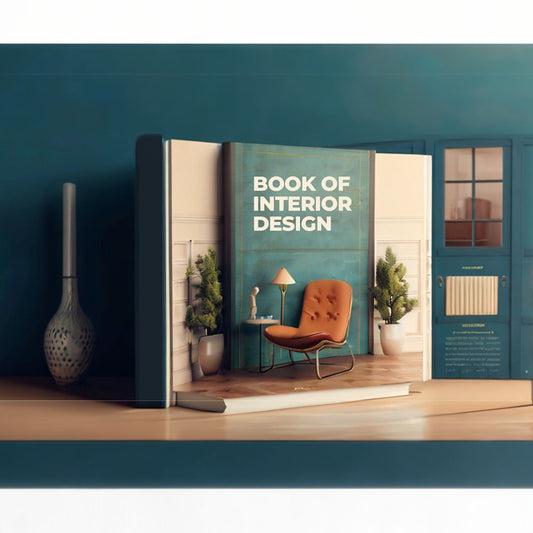Introduction to Texture Play
In the vibrant world of interior design, texture plays a pivotal role in creating spaces that are as visually interesting as they are comfortable. Texture refers to the feel, appearance, or consistency of a surface or material. From the soft plush of a well-loved sofa to the sleek sheen of metal accents, texture introduces an element of sensory experience that can dramatically enhance the aesthetic appeal of any room. Let’s dive into how mastering the art of texture play can transform your living spaces.
The Art of Combining Textures
Combining different textures is an art that adds depth and dimension to your home. Imagine the luxurious feel of a thick, woolen rug underfoot as you step down from a sleek, leather couch, or the rustic appeal of a Wooden Table against the backdrop of a smooth, painted wall. These contrasts not only engage the senses but also define and separate areas within a space, creating a layered look that invites exploration and comfort.
Creating Balance with Texture
The key to effective texture play is balance. Too much of one texture can make a space feel monotonous or overwhelming. For instance, a room filled with hard, reflective surfaces might seem cold and uninviting, while an abundance of soft, plush fabrics can feel cluttered and heavy. Striking the right balance involves mixing materials so that they complement and enhance each other. A Metal Floor Lamp next to a soft, upholstered chair strikes a perfect harmony between hard and soft, light and shadow.
Texture in Color and Pattern
Texture isn't just about physical feel; it also relates to visual texture found in color and pattern. A monochromatic room can gain depth through the use of varied textures, even if the color palette remains consistent. For example, pairing matte and gloss finishes, or smooth and woven fabrics, can create a dynamic space that feels rich and cohesive. Similarly, Wall Art with pronounced textures adds a layer of complexity and interest to your walls, inviting closer inspection.
OTD Tips for Incorporating Texture
-
Start with a Base Texture: Choose a dominant texture as your base, whether it’s the smoothness of painted walls or the roughness of a natural fiber rug, and build from there.
-
Add Contrast: Introduce elements with contrasting textures in small doses, such as throw pillows, Vases & Planters, or Book-Ends on a shelf.
-
Use Natural Materials: Incorporating natural materials like wood, stone, and metals can automatically introduce a variety of textures into your space, providing an instant uplift.
-
Consider Function: Remember that texture should not only please the eye but also serve a functional purpose. For example, a plush rug in a living area invites sitting and relaxation, while a smooth, granite countertop in a kitchen suggests cleanliness and efficiency.
-
Layer Textures: Don’t be afraid to layer textures, such as placing a soft throw over a leather sofa or adding a textured Table Lamp to a smooth, polished side table. This layering effect adds depth and interest.
Conclusion
Texture play is a dynamic and essential component of interior design that appeals to both the visual and tactile senses. By thoughtfully incorporating a variety of textures into your space, you can create an environment that is visually engaging, emotionally comforting, and distinctly yours. Explore our collections to find pieces that will bring texture and life into your home, transforming it into a rich tapestry of experiences and styles.
















